When it comes to fast Nikon Zooms, the modern trinity is the 14-24/2.8G, 24-70/2.8G and 70-200/2.8G (although I’m sure these have all been updated to the new E-Type lenses by this posting). However, a pair of these lenses have older versions; while the focal lengths are different, the constant f/2.8 aperture is the same. Now in my own lens catalogue I have only a pair of the G-Type in the trinity, the 14-24 and 70-200, but the cost of the 24-70 plus the word being it doesn’t work too well with film (I’ll have to test that) kept me from purchasing the lens. But the chance to look back at Facebook memories and the gracious info from my good friend John Roberts landed me on an earlier iteration, the AF-S Nikkor 28-70mm f/2.8D.
Lens Specifications
Make: Nikon
Model: AF-S Nikkor 28-70mm 1:2.8D ED IF
Focal Length: 28-70mm
Focal Range: ∞ – 0.5m
Aperture: f/2.8 – f/22, 9 Blades (Rounded)
Structure: 15 Elements in 11 Groups

Nikon D750 – AF-S Nikkor 28-70mm 1:2.8D
Build Quality
Right off the bat, the Nikkor 28-70/2.8D is a beast of a lens; it’s big, it’s heavy, and unless you have a well-balanced camera body attached, it will throw off the centre of gravity. And that should be of no surprise; the lens is made out of almost entirely metal and clocks in at a whopping 0.91 KG (2 lbs)! While there are some plastic bits, such as the aperture ring, focus window, switches and the filter ring (but is reinforced on the outside with metal). The lens is solidly built and can take almost everything. But at the cost, you probably don’t want to test the built quality. The zoom and focusing ring has a rubber slip-on that can expand and contract depending on the weather so that it might slip off on you in the field. And the two control rings are separated and have different sizes, so it is easy to tell apart. While all the focusing elements are internal, the zoom elements are not, so the nose does come out from the end of the lens at the 28mm mark and goes in the main body at 70mm. The sweet spot is at approximately 50mm; I tend to set it to if I have the lens capped and stored. You should try and get a plastic hood bayonet mount that you should try and get as it does help keep any flare down; although mounting it can be a bit tricky, it is easier with practice. The lens also features a massive 77mm filter size, which thankfully I had a set already, but these are not the cheapest filters out there, especially if you get the screw-on type. The one weak point on the lens is the autofocus motor (Silent Wave Motor); it is often the first thing to go on the older versions of this lens as they are the first generation. It looks like mine is a later version and has been working on, so I don’t expect any failure.

Nikon D750 – AF-S Nikkor 28-70mm 1:2.8D

Nikon D750 – AF-S Nikkor 28-70mm 1:2.8D

Nikon D750 – AF-S Nikkor 28-70mm 1:2.8D

Nikon D750 – AF-S Nikkor 28-70mm 1:2.8D

Nikon D750 – AF-S Nikkor 28-70mm 1:2.8D
Image Quality
For the cost of the lens, I’m surprised at a few of the niggly image quality issues I found with the 28-70/2.8D. The biggest concern I see with the lens is fall-off and vignetting. You see it at both 28mm and 70mm, but it is more pronounced at the 70mm mark than at 28mm. When you’re at f/2.8, the fall-off and vignetting is most pronounced, especially at the 70mm focal length, but is visible at 28mm. While still visible at f/4, it is only at the extreme corners and seems only to be vignetting at this point, and is completely gone once you get to f/5.6 and beyond; you can see no issues at f/8. Another problem is with distortion; you’ll see barrel distortion at 28mm and a touch of pinching at 70mm but at the 50mm mark, no distortion at all. Again these are non-issues as they are easily fixed in Lightroom or Photoshop; in fact, Lightroom has a preset in place that will quickly resolve any distortion issues. Enough of the bad; the good news is that in these situations, they are minor because the images that the lens outputs are sharp at any aperture from f/2.8 to f/22. The rounded aperture produces a smooth and creamy out-of-focus rendering, and if you have it wide open and hit that sweet spot for focus, there is some swirl in the background, which is another pleasant surprise. Overall despite the vignetting, the quality outputted by this lens, both on film and digital mediums, are excellent.
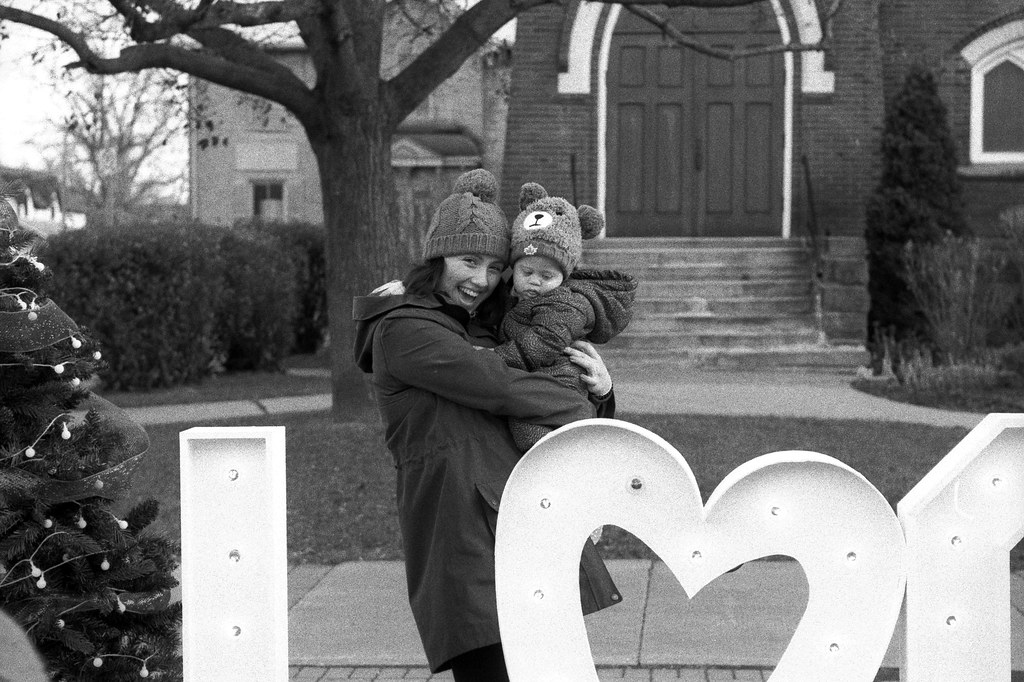

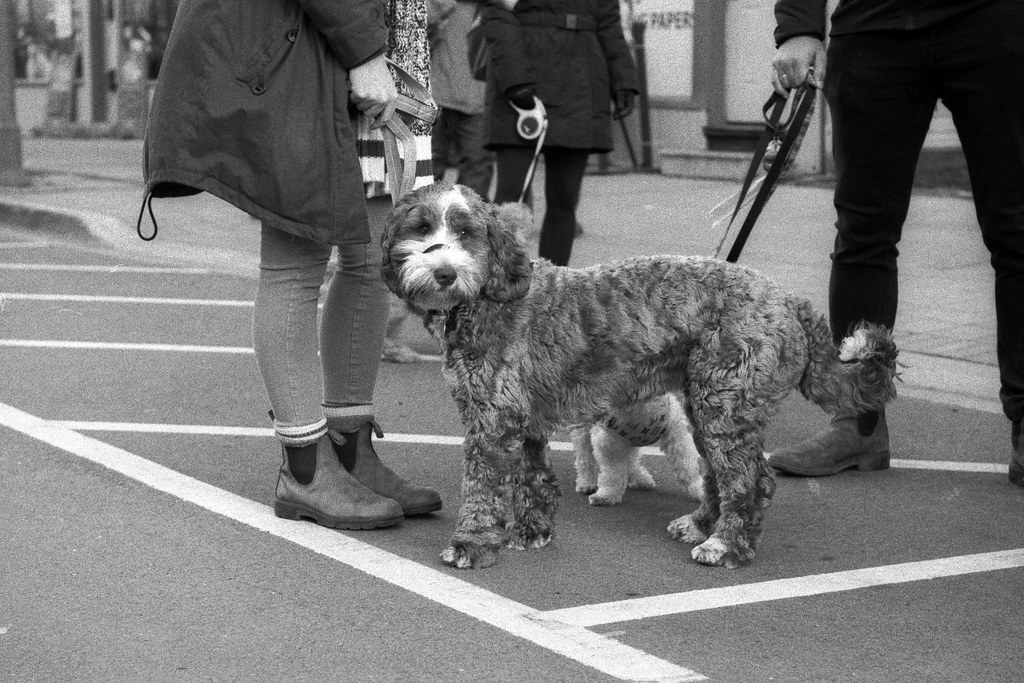


Applications
As a lens, I would use this as a general-purpose optic, suitable for almost any subject matter you can photograph; chances are the Nikkor 28-70/2.8D will handle it okay. While far from perfect, if you are limited in space or need something that can carry you without multiple lens swaps, then I would easily choose this lens. None of the issues I mentioned in the image quality paragraph is deal breakers in this lens; rather than bugs; I think of them more as features. Honestly, I didn’t notice these things until I ran the lens through my standard testing matrix for this review. As for practical applications, while a bit heavy, I would undoubtedly pick this lens if I could only bring one lens on a trip and needed to move from indoor low-light to bright light outside having that fast f/2.8 aperture and the 28mm focal length is perfect for indoor work. Great for travel and journalism when speed is essential. I would also say this is an excellent lens for weddings, capturing both the ceremony in a small venue and the reception afterwards, even for portrait work. I would even venture that I could use this one lens for an entire wedding in the right situation. And I found that the lens works perfectly and produces excellent results on both the F5 and the D750. And given that the lens is a Type-D, you have that aperture ring, meaning you can use this ideally with any Nikon camera with AI(-s) support, that means your F3 and F4 can support and use this lens without and with autofocus functionality, and I’ve even mounted this lens onto my FE as a joke.


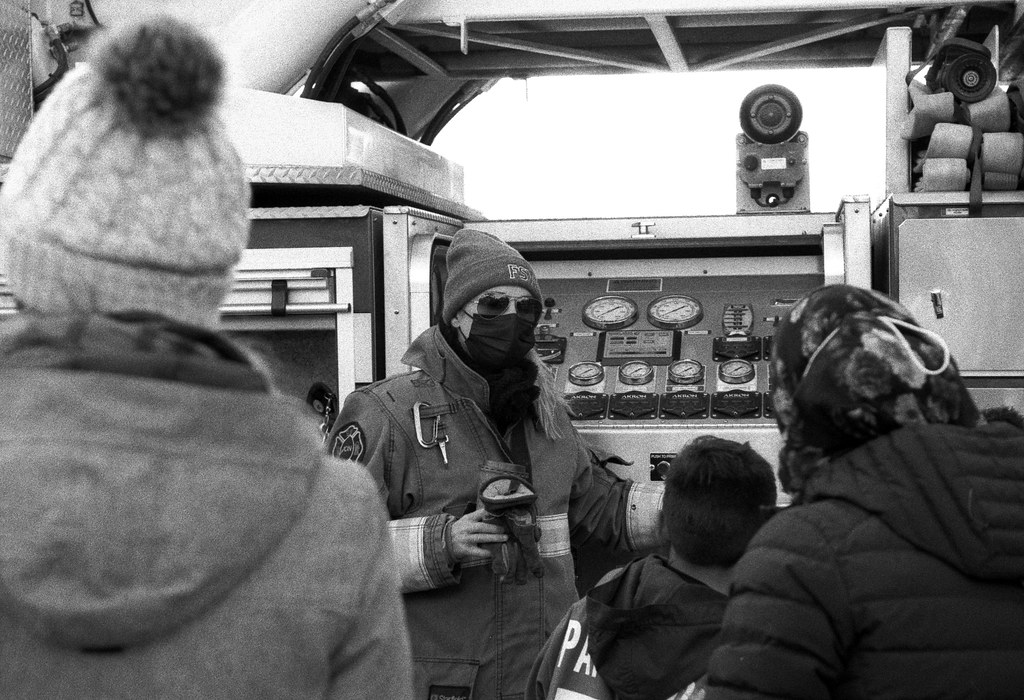
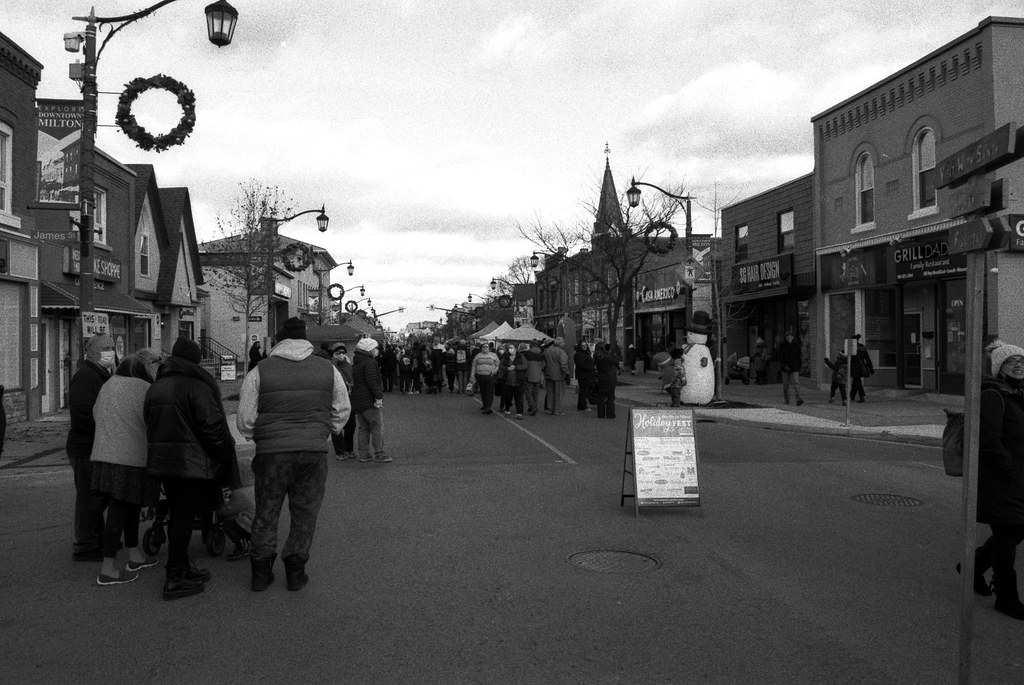

The Low Down
I’m glad to have this lens in my collection; while not always number one when I go out, it certainly spends more time on my cameras than off. And despite a few drawbacks in image quality, I’m happy with the results I get from them, especially at the price I paid for the lens. When it comes to price, the lens is rather affordable, especially after the release of the 24-70/2.8G. You’ll want to spend at least 600$ for your copy; there are less expensive ones out there but honestly not worth risking that AF motor failure and ensuring you’re buying from a trusted seller. If you’re willing to put up with the size and weight. In that case, you’ll get yourself a no-compromise professional standard zoom that could be found on most Nikon professional cameras in the late-film and early digital age, and it suits both mediums perfectly.

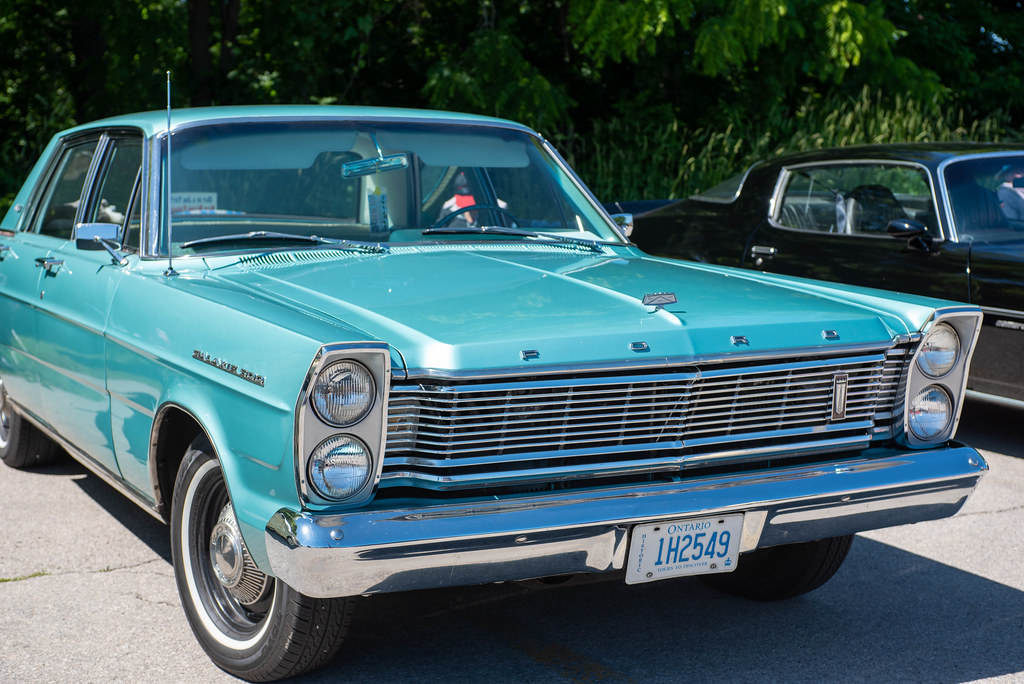
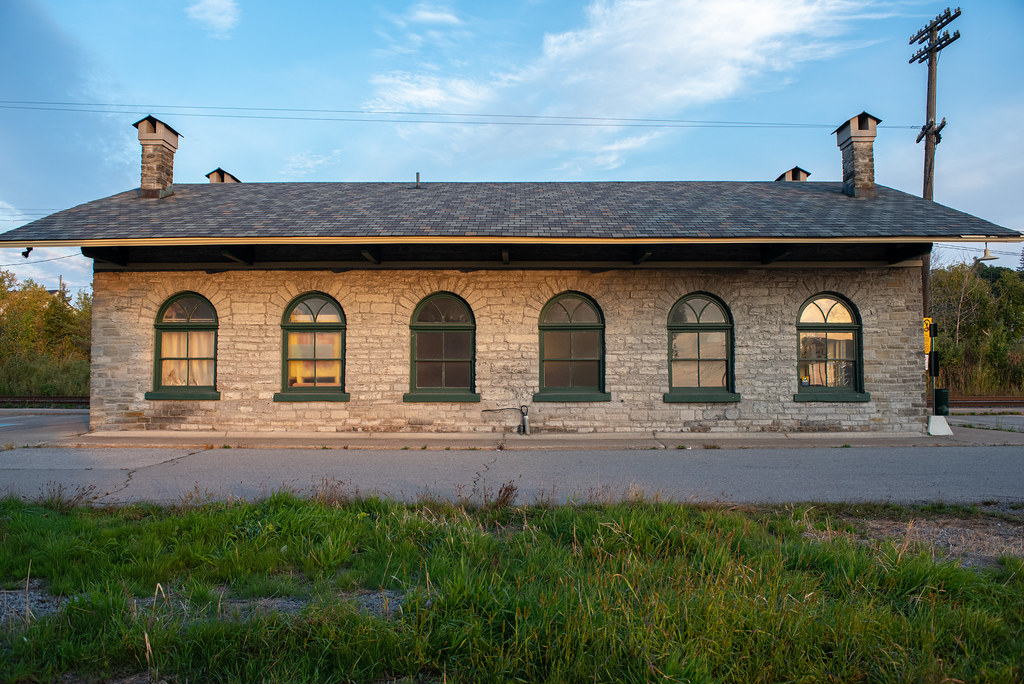


Further Reading
Don’t just take my view on the Nikkor 28-70/2.8D, check out these other reviews.
Ken Rockwell – Nikon 20-70 f/2.8 AF-S Review
Imaging Resource – Nikkor 28-70 f/2.8D Review
Optical Limits – Nikkor AF-S 28-70mm f/2.8 D IF-ED (FX) – Review / Test Report
Richard Haw – Review: Ai AF-S Zoom Nikkor ED 28-70mm f/2.8D (IF)
Happy: Photo Blog By Arkady Shapoval – Review of Nikon AF-S 28-70mm F2.8D (IF-ED)
Camera Decision – Nikon AF-S Nikkor 28-70mm f2.8 ED-IF Review
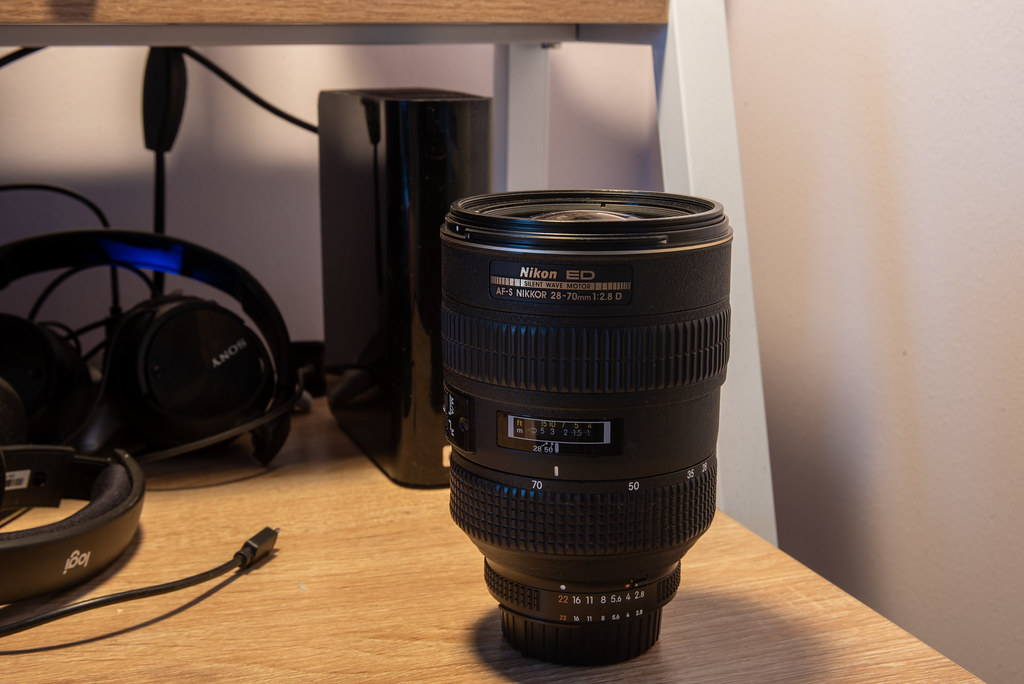
That was the most complete and helpful review of a lens I’ve seen.
Thanks